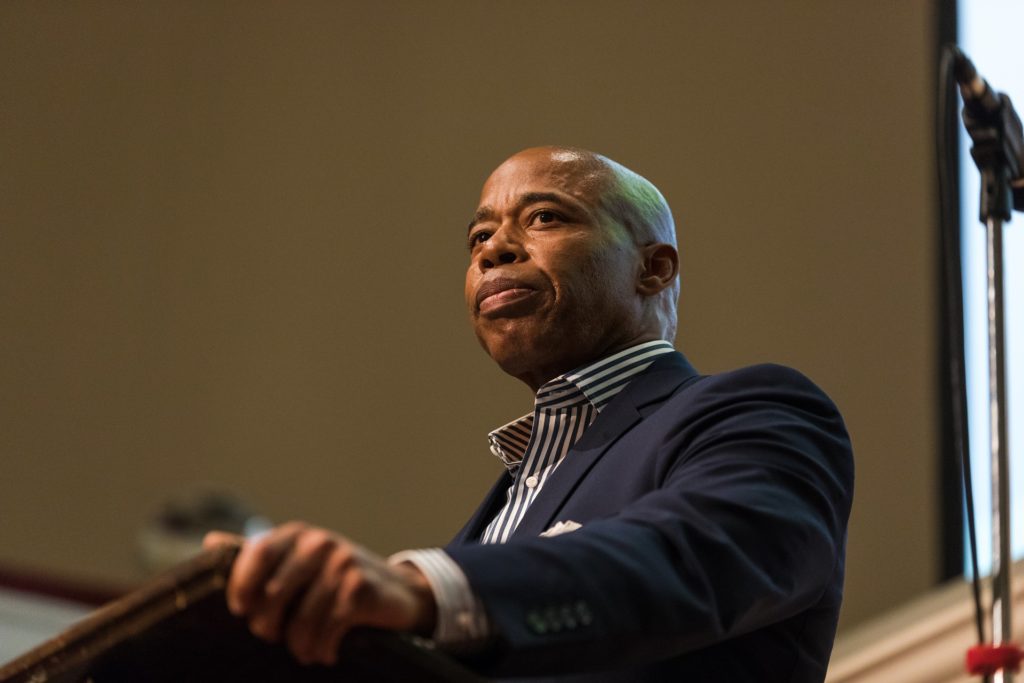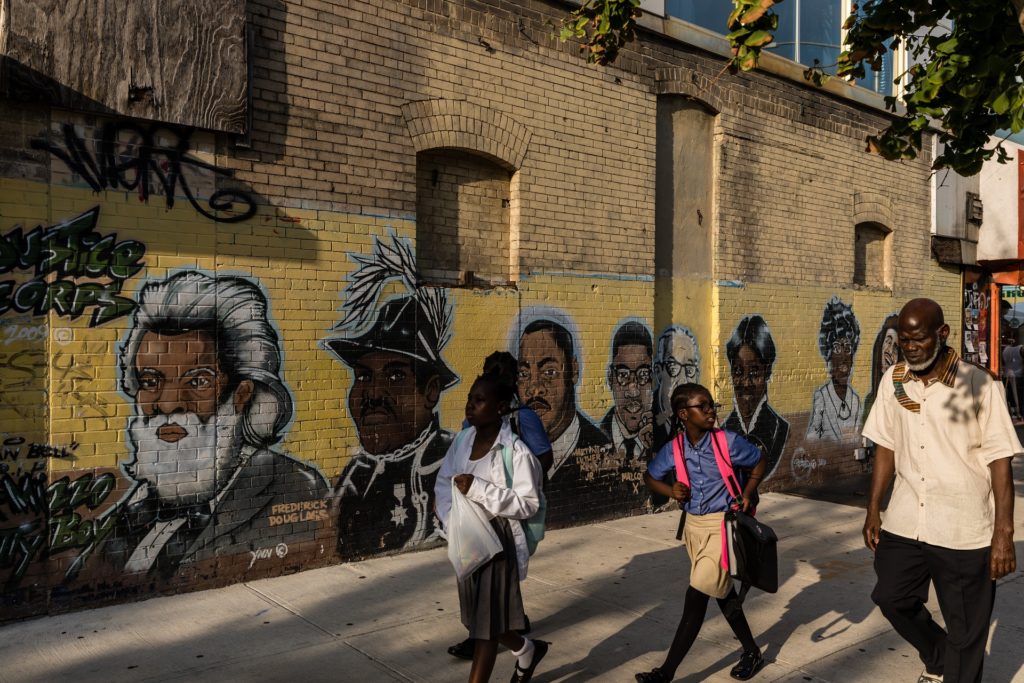Have you seen the Jehovah’s Witnesses hotel that will house formerly homeless New Yorkers?
There are are Bed-Stuy and Weeksville properties you should know about too.

Brooklyn Borough President Eric Adams. Photo: Paul Frangipane/Brooklyn Eagle
Three thumbs up from Eric Adams.
Brooklyn’s Borough President has approved plans for three affordable housing developments for which zoning changes are being sought. Two of the projects focus on seniors and formerly homeless people.
The site of one of the projects, which is in DUMBO, was formerly a hotel the Jehovah’s Witnesses used as a residence for their members. The Watchtower sold this property at 90 Sands St. when it moved its world headquarters from Brooklyn Heights upstate to Warwick, New York.
